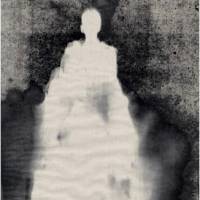The best hint of what "Naomi" by Junichiro Tanizaki is about is its Japanese title "Chijin no Ai," ("A Fool's Love"). Written between 1924 and 1925, Tanizaki's classic tale of Japan's roaring '20s is a warning to any man who falls for a much younger woman and is fool enough to think he can control her. It's "Lolita" meets "Pygmalion," though Naomi is no "fair lady," despite the efforts of the book's narrator, Joji (professor Higgins to Naomi's Eliza).
The pair first meet when Joji is 28 and 15-year-old Naomi is working in a cafe. He becomes her tutor and eventually marries her. Joji is obsessed with all things Western and she is his ideal woman, a modan gāru (modern girl), or simply moga, the Japanese version of flappers in the West. In the novel, Naomi's lifestyle and character epitomizes the decadent side of Japan's rush into modernism. She cares nothing for country, Emperor, God or tradition. Confucian ideals of womanhood bore her.
Joji, on the other hand represents the older establishment, lusting after sexy young moga, who represent everything they aren't but want to be — or be with. The unease that the moga caused at the time is at the heart of this novel: Naomi's appeal was an uncomfortable attraction. Desiring her was something that made men like Joji uneasy and excited at the same time, which was much like the Japan's fetish for modernization in the early 1900s. They knew they needed it, but at what cost?
Each week "Essentials" introduces a work of fiction that should be on the bookshelf of any Japanophile.



